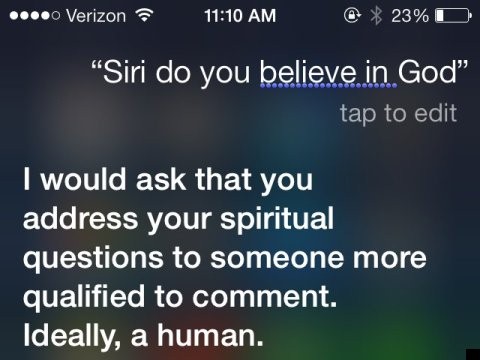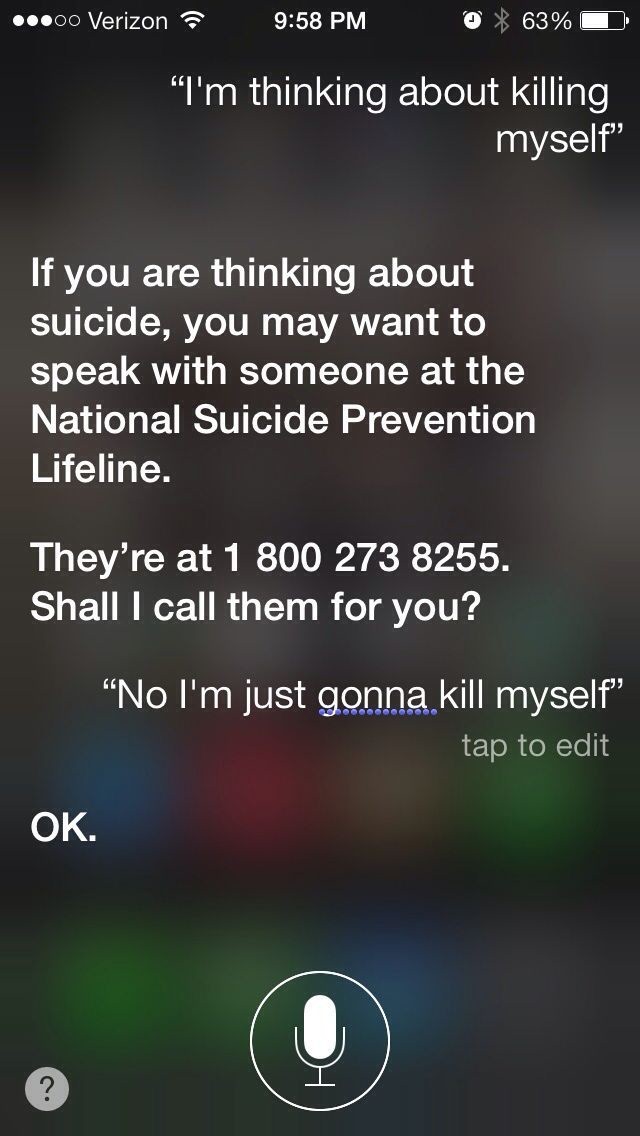A Chatbot is a computer program designed to simulate conversation with human users, especially over the Internet. Chatbots named True, Siri and Alexa have made a big splash in the consumer electronics market over the last few years. Alexa for instance is advertised a lot of TV, showing how families can use her for entertainment as well as for making reminders.
People, who have bought Alexa chatbot for their household use, say that they cannot manager life without her. Though initially this gadget appears a bit weird, it soon becomes a part of life. Because this gadget is called Alexa which uses a female voice, it is addressed as ‘she’. She helps the users to track their to-dos and shopping list, reads the news and weather conditions, and plays nearly any song. People get so  accustomed to her presence that they cannot imagine life without her. Alexa has becomes an integral part of the user’s life, this is how technology profoundly changes daily habits of users. In fact, Alexa shares a common trait with other habit-forming technologies like Facebook, WhatsApp, Instagram, Slack, and the iPhone. Many people are already hooked to the Amazon chtbot Alexa.
accustomed to her presence that they cannot imagine life without her. Alexa has becomes an integral part of the user’s life, this is how technology profoundly changes daily habits of users. In fact, Alexa shares a common trait with other habit-forming technologies like Facebook, WhatsApp, Instagram, Slack, and the iPhone. Many people are already hooked to the Amazon chtbot Alexa.
Siri is a built-in personal assistant chatbot, introduced in 2011 for the Smartphone. Siri can help the user with tasks such as getting information from the internet, scheduling events, setting a timer and making phone calls, among many other things she also answers queries regarding the weather conditions, time of the day, calling a number saved in phone, setting alarm, dictating message, identifying a song, solving basic math problems, reading notifications, increasing or decreasing screen brightness etc. By the way she speaks 21 languages, the latest being Mandarin.
Nir Eyal is an author, serial entrepreneur, and behavioral economist: he calls gadgets such as Alexa, as Hook, and he has also described the Hook Model. At its core, the Hook Model is designed to build products that create habit-forming behavior in a sort of looping cycle that consists of trigger, an action, a variable reward, and continued investment. With her voice assistance, Amazon’s Alexa, keep her users hooked.
Chatbots are used in applications such as ecommerce customer service, call centers and Internet gaming. Especially, the customer call centers of the banks use chatbots which instruct for dialing numbers for specific use such as new debit card, new credit card, billing, lost card, loan assistance, and balance in account etc. these purposes are typically limited to conversations regarding a specialized purpose and not for the entire range of human communication. The term “bot” comes from robot. A bot is an automated application used to perform simple and repetitive tasks that would be time-consuming, mundane or impossible for a human to perform. Bots can be used for productive tasks, but they are also frequently used for wicked purposes.
Chatbots are also known as “conversational agents.” These are software applications that mimic written or spoken human speech for the purposes of simulating a conversation or interaction with a real person. There are two primary ways chat bots are offered to visitors: via web-based applications or standalone apps.
Love them or hate them, chatbots are here to stay. They have become extraordinarily popular in recent years largely due to dramatic advancements in machine learning and other underlying technologies such as natural language processing. Today’s chat bots are smarter, more responsive, and more useful. In near future we are likely to live with them in most walks of our lives.
Today, chatbots are being used for many tasks of human assistance. They are becoming increasingly sophisticated, responsive, and more natural. They are becoming more human. Chatbot named Endurance works with Dementia Patients helping them in synchronizing words, helping them remember names etc. Chatbot Casper helps insomniacs get through the night. They experience a suffocating loneliness when everyone else in the world is resting peacefully. While an insomniac’s mind betrays him with worries and doubts, Casper is someone he can talk to. MedWhat makes medical diagnoses faster. It helps both the doctors and patients.
Disney solves crimes with fictional characters. Why does it use chatbots? There are reasons for that – like getting rid of routine tasks and simultaneous processing of multiple requests from users. Besides, a tremendous speed of processing users’ requests chatbots helps gaining customers’ loyalty. Consumers also benefit from chatbots because they have accepted the fact that technology is part of life. A study presented at the 4th International Conference on Internet Science in Thessaloniki, Greece in November, 2017 identified reasons why people choose to interact with chatbots. According to this research, the main factors that motivate people to use chatbots are: chatbots provide the assistance or access to information quickly and efficiently than human mind. Chatbots amuse people by giving them funny tips; they also help killing time when users have nothing to do.
Also in a topical survey conducted with 5,000 respondents across six countries, 38% said they had an overall favorable view of chatbots compared to just 11% who had an overall negative perception of them (the rest were neutral). Since chatbots are built on all new technology, there are many twists to be worked out and the percentage of people who view them favorably will go on rising significantly. The kind of digital assistance chatbots are offering and the way people are getting hooked to it, makes it is easy to predict that they are here to stay. The future businesses might use them in so many ways; it is unimaginable as of now. But, for sure, the artificial intelligence will be working with human intelligence and we will have to synchronize the two.














































